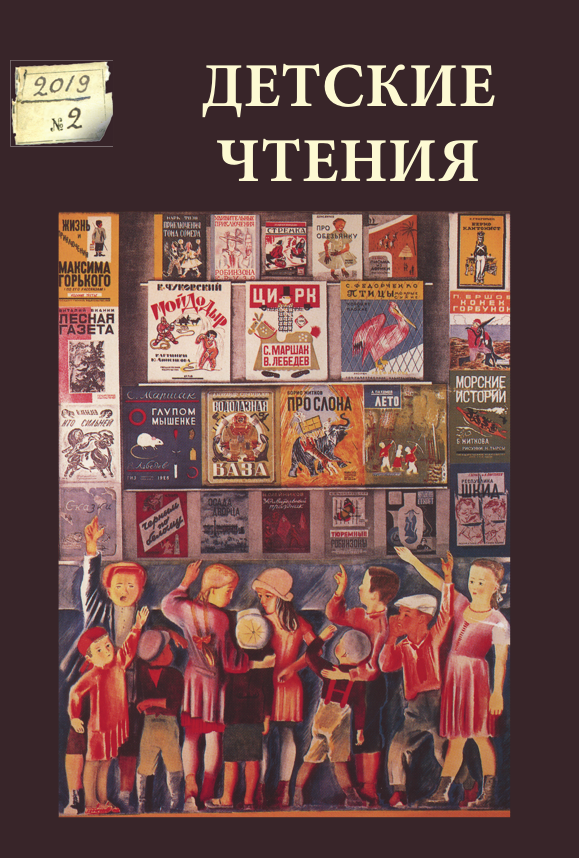The role of the “Père Castor” russian illustrators in the renewal of the french children’s book in the 1930’s: artists’ paths and analyze of “faktura”
DOI:
https://doi.org/10.31860/2304-5817-2019-2-16-152-179Abstract
This article analyzes the contribution of Russian illustrators to the revival of the French children’s illustrated book in the 1930’s. It focuses on the collection of Père Castor, the main gathering place of these illustrators
who, through their pedagogical profile and their avant-garde artistic path, allowed the achievement of Paul Faucher’s editorial and educational project. More specifically, it analyzes the experiments around the notion of faktura,
very characteristic of Russian plastic research of the beginning of the 20th century, by providing a history of the term, the definitions given by Soviet artistes close to the Russian illustrators of Père Castor and an analysis of the formal experiments of the latter. Finally, this article explores the relationship between art, Russian psycho-pedagogical research and the principles of New Education promoted by Paul Faucher. It highlights the way in which the
works of Russian illustrators Father Castor focused on developing the tactile sense of the child and enrich his/her understanding of reality.
Keywords: Key words: Faktura; Père Castor; Russian emigration; illustrated children’s books; Nathalie Parain; Rojan; David Sterenberg; art and pedagogy; New Education







